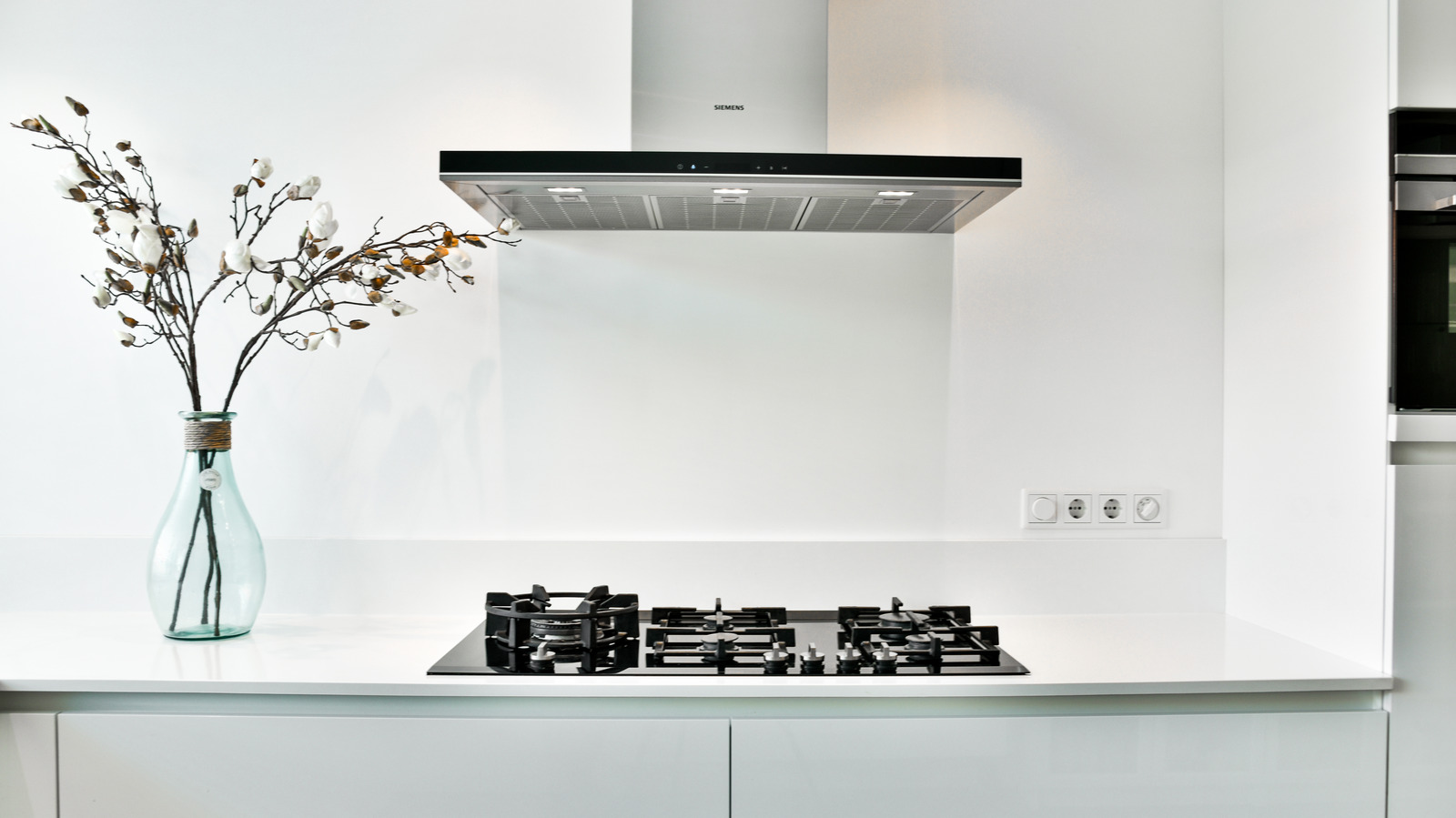

Articles
What Is A Ducted Range Hood
Modified: January 19, 2024
Discover the benefits of a ducted range hood and how it improves air quality in your kitchen. Read our informative articles to make an informed choice.
(Many of the links in this article redirect to a specific reviewed product. Your purchase of these products through affiliate links helps to generate commission for Storables.com, at no extra cost. Learn more)
Introduction
Welcome to our comprehensive guide on ducted range hoods. In this article, we will explore what ducted range hoods are, how they function, their benefits, installation process, maintenance tips, and more. Whether you’re a homeowner looking to upgrade your kitchen or a curious reader interested in learning about one of the essential kitchen appliances, this article will provide you with all the information you need.
A ducted range hood, also known as an exhaust hood or vent hood, is a kitchen appliance designed to remove smoke, steam, grease, and odors that are generated while cooking. It is typically installed above the stovetop or range to capture and exhaust the airborne particles caused by cooking activities.
The main purpose of a ducted range hood is to improve air quality in the kitchen and prevent the spread of cooking by-products throughout the house. By expelling the contaminants outside, a ducted range hood helps maintain a fresh and clean environment in your kitchen, reduces the risk of indoor air pollution, and eliminates unwanted smells.
Unlike recirculating range hoods, which filter the air and release it back into the kitchen, ducted range hoods require a ducting system that connects the hood to the outside of the house. This allows for proper ventilation and complete removal of cooking fumes.
In the following sections, we will delve deeper into the functionality, benefits, installation process, and maintenance of ducted range hoods. Whether you’re concerned about air quality, interested in reducing cooking odors, or simply looking for a stylish addition to your kitchen, a ducted range hood might be the perfect solution for you.
Key Takeaways:
- Ducted range hoods offer superior ventilation, odor control, and aesthetic appeal, making them a smart investment for a healthier and more enjoyable kitchen environment.
- Debunking common misconceptions about ducted range hoods highlights their efficacy, ease of installation, noise control, energy efficiency, and aesthetic appeal, making them a reliable and effective option for proper kitchen ventilation.
Read more: What Kind Of Duct For Range Hood
Definition of a Ducted Range Hood
A ducted range hood is a kitchen appliance that is installed above the cooking area, typically over the stovetop or range. Its primary function is to remove smoke, steam, grease, and odors generated during cooking and expel them outside the house through a ducting system.
This type of range hood consists of a canopy or hood that encloses a fan and a filtration system. The fan creates a suction effect, pulling in the contaminated air and directing it through the filters. The filters help capture grease particles and other airborne contaminants, preventing them from entering the ductwork and ensuring that only clean air is expelled outside.
The ducting system, which is a crucial component of a ducted range hood, connects the hood to the exterior of the house. It allows the expelled air to vent outside and prevents the accumulation of cooking by-products in the kitchen. The ducting can be located on the roof or directed through an exterior wall, depending on the layout and design of the house.
Compared to other types of range hoods, such as recirculating or ductless range hoods, ducted range hoods offer more effective ventilation and air purification. By expelling the cooking pollutants outside, they help maintain a healthier indoor environment, reduce the buildup of grease and odor, and prevent the spread of contaminants throughout the house.
One important aspect to note is that a ducted range hood requires proper installation and adherence to local building codes. This includes ensuring the correct sizing of the ductwork, providing adequate clearance above the cooking surface, and following proper electrical connections. Consulting a professional installer can help ensure that the ducted range hood is installed correctly and functions optimally.
In summary, a ducted range hood is a kitchen appliance that removes smoke, steam, grease, and odors from the cooking area and vents them outside the house through a ducting system. Its ability to effectively ventilate and purify the air in the kitchen makes it a popular choice among homeowners and chefs alike.
Functionality and Purpose of a Ducted Range Hood
A ducted range hood serves a vital function in the kitchen by improving air quality and maintaining a clean and odor-free environment. Let’s explore the functionality and purpose of a ducted range hood in more detail.
The primary function of a ducted range hood is to remove airborne contaminants that are produced during cooking. When you cook, smoke, steam, grease, and odors are released into the air. A ducted range hood is designed to capture these particles and expel them outside the house through a ducting system.
The functionality of a ducted range hood involves several key components:
- Canopy or Hood: The canopy or hood of the range hood is the visible part that is installed above the cooking surface. It encloses the fan and filters, and its design ensures efficient capture and containment of cooking by-products.
- Fan: The fan is responsible for creating a suction effect, pulling in the contaminated air from the cooking area into the range hood. It then directs the air through the filters for purification before venting it outside.
- Filtration System: The filtration system consists of one or more filters that capture grease particles and other airborne contaminants. These filters prevent the buildup of grease in the ductwork and ensure that only clean, filtered air is expelled outside.
- Ducting System: The ducting system connects the range hood to the exterior of the house. It provides a pathway for the exhaust air to be vented outside, ensuring complete removal of cooking by-products from the kitchen.
The purpose of a ducted range hood is twofold: ventilation and odor control. By effectively capturing and removing smoke, steam, grease, and odors, a ducted range hood helps maintain a healthier indoor environment. It prevents the spread of cooking by-products throughout the house, reducing the risk of indoor air pollution and potential health issues.
Furthermore, a ducted range hood plays a crucial role in controlling kitchen odors. Cooking aromas can be pleasant while you’re preparing a meal, but they can quickly become overpowering and linger in the air. The range hood’s filtration system helps eliminate these odors, ensuring a fresh and pleasant-smelling kitchen.
Another important aspect of a ducted range hood is its ability to remove excess heat from the cooking area. When you cook, heat is generated, especially from gas stoves and ovens. The range hood’s ventilation system helps dissipate this heat, keeping the kitchen cooler and more comfortable.
Overall, the functionality and purpose of a ducted range hood make it an indispensable kitchen appliance. It helps improve air quality, control odors, and remove excess heat, creating a healthier and more enjoyable cooking environment.
Benefits of Using a Ducted Range Hood
A ducted range hood offers numerous benefits that make it a valuable addition to any kitchen. Let’s explore some of the key advantages of using a ducted range hood:
- Effective Ventilation: One of the main benefits of a ducted range hood is its ability to provide efficient ventilation. By expelling smoke, steam, grease, and cooking odors directly outside, it helps maintain a cleaner and healthier indoor environment. With proper ventilation, the air in your kitchen remains fresh, reducing the risk of airborne contaminants.
- Complete Smoke and Odor Removal: Unlike recirculating range hoods, which simply filter the air and release it back into the kitchen, a ducted range hood removes smoke and odors completely. This prevents any lingering smells from spreading throughout your home, ensuring a pleasant and odor-free living space.
- Improved Indoor Air Quality: Cooking can release harmful pollutants into the air, such as carbon monoxide, nitrogen dioxide, and volatile organic compounds (VOCs). A ducted range hood eliminates these pollutants, enhancing the overall indoor air quality in your home. This is especially beneficial for individuals with respiratory conditions or allergies.
- Reduced Grease Buildup and Maintenance: The filters in a ducted range hood are designed to capture grease particles, preventing them from accumulating in your kitchen and ductwork. This reduces the frequency and intensity of cleaning required for your kitchen surfaces and ensures that your ventilation system continues to operate efficiently.
- Enhanced Safety: Cooking produces heat, and excessive heat buildup can be hazardous. A ducted range hood helps dissipate heat, reducing the risk of overheating and potential fire hazards. It also helps remove any potential combustion by-products, making your kitchen a safer space for cooking.
- Cooler Kitchen: The ventilation provided by a ducted range hood helps remove excess heat from your cooking area, keeping your kitchen cooler and more comfortable. This can be particularly beneficial during the summer months or when using high-temperature cooking methods.
- Aesthetic Appeal: Ducted range hoods are available in a wide range of styles, designs, and finishes, allowing you to find one that complements your kitchen decor. They can serve as a focal point or blend seamlessly with your existing appliances, adding a touch of elegance and sophistication to your kitchen space.
- Increased Property Value: An upgraded kitchen with a well-installed and functional ducted range hood can significantly increase the value of your home. Potential buyers appreciate the added convenience, aesthetic appeal, and improved ventilation that a ducted range hood offers.
Overall, using a ducted range hood provides numerous benefits, including improved ventilation, smoke and odor removal, enhanced indoor air quality, reduced grease buildup, increased safety, a cooler kitchen, aesthetic appeal, and increased property value. Investing in a ducted range hood is a smart choice for anyone looking to elevate their cooking experience and create a healthier and more enjoyable kitchen environment.
Factors to Consider When Choosing a Ducted Range Hood
Choosing the right ducted range hood for your kitchen involves considering several important factors. By taking these factors into account, you can ensure that the range hood you select will meet your ventilation needs and seamlessly integrate into your kitchen. Here are some key factors to consider:
- Airflow Capacity: The airflow capacity of a ducted range hood is measured in cubic feet per minute (CFM). It indicates the volume of air that the range hood can effectively move. To determine the suitable CFM for your kitchen, consider the size of your cooking area, the type of cooking you do, and the ventilation requirements. A general rule of thumb is to have a range hood with a minimum of 100 CFM per linear foot of your cooking surface.
- Size and Design: It is essential to choose a ducted range hood that fits the size and layout of your kitchen. Measure the available space above your cooking area to ensure the range hood will fit properly. Consider the design and style of the range hood as well, as it should complement your kitchen’s aesthetic and blend with other appliances or cabinetry.
- Noise Level: Range hoods can produce varying levels of noise due to the operation of their fans. Consider the noise level of the range hood and choose one that is suitable for your preferences. Look for models with lower decibel ratings if you prefer a quieter kitchen environment.
- Filters: Consider the type of filters used in the ducted range hood. Aluminum mesh filters are common and require regular cleaning. Some range hoods also offer additional features like baffle filters or charcoal filters, which provide better grease and odor filtration. Taking into account the ease of cleaning and maintenance, choose filters that are convenient for you.
- Speed Settings and Controls: Range hoods typically feature multiple speed settings to adjust the ventilation power. Look for range hoods that offer a range of speed options to suit different cooking needs. Additionally, consider the control options available, such as push-button controls, touch controls, or remote controls, and choose the one that is most convenient for you.
- Energy Efficiency: Consider the energy efficiency of the ducted range hood, as it can help reduce your energy consumption and save on utility bills. Look for models that are ENERGY STAR certified or have energy-saving features like LED lighting.
- Professional Installation: Proper installation is crucial for the performance and efficiency of a ducted range hood. If you are not experienced in installing range hoods, it is advisable to hire a professional installer who can ensure that the range hood is correctly positioned, the ducting is properly installed, and all electrical connections are safe and up to code.
By considering these factors, you can narrow down your options and choose a ducted range hood that meets your requirements for airflow capacity, size and design, noise level, filters, speed settings and controls, energy efficiency, and professional installation. Remember to consult product specifications, read customer reviews, and seek advice from professionals to make an informed decision.
When installing a ducted range hood, make sure to properly measure and plan for the ductwork to ensure efficient ventilation and minimal air resistance.
Read also: 8 Unbelievable Ducted Range Hood For 2024
Installation Process for a Ducted Range Hood
Installing a ducted range hood requires careful planning and attention to detail to ensure optimal performance and functionality. While it is recommended to hire a professional for the installation process, having an understanding of the steps involved can help you make informed decisions and communicate effectively with the installer. Here is a general overview of the installation process for a ducted range hood:
- Preparation: Before beginning the installation, gather all the necessary tools and materials, including the range hood, ducting components, screws, electrical wiring, and any other fixtures or accessories specified by the manufacturer. Ensure that the area above your cooking surface is clear and ready for installation.
- Locating the Studs: Use a stud finder to locate the studs in the wall or ceiling where the range hood will be installed. Mark the locations of the studs and ensure that they are properly aligned with the mounting holes on the range hood.
- Mounting the Range Hood: Follow the manufacturer’s instructions to mount the range hood to the wall or ceiling. Use the appropriate screws or brackets to secure the range hood in place, ensuring that it is level and properly aligned with the cooking surface below.
- Installing the Ductwork: Connect the ducting components to the range hood according to the manufacturer’s instructions. The ducting should be directed towards an exterior wall or roof for proper ventilation. Ensure that the ductwork is properly sealed to avoid any air leaks.
- Cutting a Vent Hole: If necessary, cut a vent hole in the exterior wall or roof for the ductwork to pass through. Use a hole saw or reciprocating saw to create a suitable opening. Take care to avoid any electrical or plumbing components within the wall.
- Routing the Ductwork: Route the ductwork through the vent hole and secure it in place using appropriate clamps or fasteners. Ensure that the ductwork is properly supported and does not sag or bend excessively.
- Electrical Connections: If your range hood requires electrical connections, consult a qualified electrician to ensure that the wiring is safely and correctly installed. Follow local electrical codes and regulations for proper wiring and grounding.
- Testing and Adjustment: Once the installation is complete, test the range hood to ensure that it is functioning properly. Check for any air leaks in the ductwork and adjust the fan speed and settings as needed.
- Final Checks: Before considering the installation complete, ensure that all connections are secure, the range hood is properly aligned, and there are no loose components. Clean the range hood and surrounding area to remove any installation debris or fingerprints.
It is important to note that the installation process may vary depending on the specific model and manufacturer instructions. It is always recommended to read and follow the manufacturer’s instructions carefully or consult a professional installer to ensure a safe and effective installation.
By following these general guidelines and seeking professional help when needed, you can ensure that your ducted range hood is installed correctly, allowing it to function efficiently and provide optimal ventilation in your kitchen.
Maintenance and Care for a Ducted Range Hood
Maintaining and caring for your ducted range hood is essential to ensure its longevity, efficiency, and optimal performance. Regular maintenance helps prevent buildup of grease, maintains proper airflow, and keeps the range hood operating at its best. Here are some maintenance tips to help you keep your ducted range hood in excellent condition:
- Clean the Filters: The filters in your ducted range hood can accumulate grease, dust, and other particles over time. Clean them regularly to maintain proper airflow and filtration efficiency. Most range hood filters are dishwasher-safe, but always refer to the manufacturer’s instructions for the recommended cleaning method.
- Remove and Clean Grease Traps: Some range hoods have removable grease traps or grease cups that collect grease and oil. Regularly remove these traps and clean them thoroughly to prevent grease buildup and maintain odor control.
- Inspect and Clean the Venting System: Periodically check the ducting system and venting components for any signs of damage or blockage. Clear away any debris, obstructions, or grease buildup in the ductwork to ensure proper ventilation and prevent airflow restrictions.
- Clean the Exterior Surfaces: Wipe down the exterior surfaces of the range hood regularly to remove grease, fingerprints, and dirt. Use a damp cloth and mild detergent to clean stainless steel or other materials, following the manufacturer’s recommendations for cleaning and avoiding abrasive cleaners that may damage the finish.
- Check and Clean the Fan Blades: Over time, the fan blades can accumulate grease and dust, reducing their performance. Clean the fan blades periodically using a soft brush or cloth to remove any buildup that may hinder the fan’s efficiency.
- Inspect and Test the Lighting: If your range hood has built-in lighting, regularly inspect the bulbs to ensure they are functioning properly. Replace any burnt-out bulbs with the appropriate type and wattage recommended by the manufacturer.
- Professional Inspection and Service: Schedule regular professional inspections and servicing of your ducted range hood. Professional technicians can assess the functioning of the range hood, clean hard-to-reach areas, and address any potential issues or repairs.
- Follow Manufacturer’s Guidelines: Always refer to the manufacturer’s instructions for specific maintenance and care recommendations for your range hood. They may provide additional instructions or precautions specific to your model.
By following these maintenance tips and performing regular care for your ducted range hood, you can extend its lifespan, ensure proper functionality, and maintain a clean and healthy kitchen environment. Remember, a well-maintained range hood improves air quality, enhances ventilation, and helps keep your kitchen free from grease and cooking odors.
Comparison with Other Types of Range Hoods
When it comes to choosing a range hood for your kitchen, there are various options available. It’s important to understand the differences between ducted range hoods and other types to make an informed decision. Let’s compare ducted range hoods with two common alternatives: recirculating range hoods and downdraft range hoods.
Ducted Range Hoods: Ducted range hoods are widely considered the most effective type of range hood. They vent the cooking by-products directly outside through a ducting system, providing optimal ventilation and air purification. Ducted range hoods remove smoke, steam, grease, and odors completely, maintaining a clean and fresh kitchen environment. They offer higher airflow capacity, better filtration, and superior odor control compared to other types of range hoods. Although the installation process requires ductwork and professional assistance, the long-term benefits make ducted range hoods a popular choice for homeowners who prioritize efficient and comprehensive air extraction.
Recirculating Range Hoods: Recirculating range hoods, also known as ductless range hoods, do not require a ducting system to vent the air outside. Instead, they use filters to capture cooking by-products and recirculate the filtered air back into the kitchen. While recirculating range hoods are easier to install and do not require ductwork, they are less effective at removing smoke, steam, and odors compared to ducted range hoods. The filters in recirculating range hoods need regular cleaning or replacement to maintain their functionality. However, recirculating range hoods can be a suitable option for kitchens where installing ductwork is impractical or not feasible.
Downdraft Range Hoods: Downdraft range hoods are designed to be installed behind or alongside the cooktop. They draw the cooking by-products downward and through ductwork located under the floor or behind the wall, expelling the air outside. While downdraft range hoods can provide efficient ventilation, they are generally less effective than ducted range hoods due to their positioning and limited airflow capacity. They may struggle to capture and remove smoke and steam effectively, especially when cooking with high heat or using oversized cookware. Downdraft range hoods are often used in kitchens where traditional overhead range hoods are not practical or desired for aesthetic reasons.
Ultimately, the choice between ducted, recirculating, and downdraft range hoods depends on the specific requirements and constraints of your kitchen. Ducted range hoods are the preferred option for maximum ventilation and air purification, while recirculating range hoods and downdraft range hoods can be suitable alternatives in certain situations. Consider factors such as your cooking style, kitchen layout, installation feasibility, and desired level of air extraction to determine the most appropriate range hood for your needs.
Common Misconceptions about Ducted Range Hoods
There are a few common misconceptions about ducted range hoods that may lead to misunderstandings or hesitation when considering this type of ventilation system. Let’s address and debunk some of these misconceptions:
Misconception 1: Ducted range hoods are difficult to install: While installing a ducted range hood requires more planning and effort compared to other types, such as recirculating range hoods, it is not necessarily difficult. Hiring a professional installer can ensure a smooth and efficient installation, as they have the expertise and experience to handle the ductwork and ensure proper functionality. With the help of professionals, installation becomes a straightforward process.
Misconception 2: Ducted range hoods are noisy: Some may assume that ducted range hoods generate excessive noise due to the powerful ventilation they provide. However, modern range hoods come with advanced technologies, such as sound insulation materials and quieter fan motors, which significantly reduce noise levels. Additionally, many range hoods offer multiple fan speed settings, allowing you to adjust the ventilation power and noise level according to your preference.
Misconception 3: Ducted range hoods waste energy: It is a common misconception that ducted range hoods waste energy by constantly pulling heated or cooled air from the kitchen to the outside. However, ducted range hoods are designed with efficiency in mind. By effectively removing cooking by-products from the kitchen, they enhance air quality and prevent the need for costly air conditioning or additional ventilation measures. Moreover, the energy consumed by the range hood is minimal compared to the benefits it provides in terms of ventilation and odor control.
Misconception 4: Ducted range hoods are unnecessary with good ventilation in the kitchen: While having proper ventilation in the kitchen is important, relying solely on natural air circulation or open windows is often insufficient to remove cooking by-products effectively. Ducted range hoods provide focused and efficient air extraction, capturing smoke, steam, grease, and odors directly from the cooking area and venting them outside. They offer superior filtration and purification compared to relying on ambient ventilation alone.
Misconception 5: Ducted range hoods are not aesthetically pleasing: Some may believe that ducted range hoods are bulky and unattractive, detracting from the overall design of the kitchen. However, modern ducted range hoods come in a variety of styles, sizes, and finishes to suit different kitchen aesthetics. Whether you prefer a sleek and minimalist design or a more decorative option, there are ducted range hoods available that can complement and enhance the overall look of your kitchen.
By debunking these misconceptions, it becomes clear that ducted range hoods are a reliable and effective option for proper ventilation and air purification in the kitchen. With professional installation, noise-reducing features, energy efficiency, targeted air extraction, and aesthetically pleasing designs, ducted range hoods offer numerous benefits that can significantly enhance your cooking experience and contribute to a healthier indoor environment.
Read more: How To Install A Ductless Range Hood?
Conclusion
Ducted range hoods play a crucial role in maintaining a clean, healthy, and odor-free kitchen environment. By effectively removing smoke, steam, grease, and cooking odors, ducted range hoods provide optimal ventilation, ensuring that the air in your kitchen remains fresh and free from contaminants.
Throughout this guide, we have explored the definition, functionality, benefits, installation process, maintenance tips, and misconceptions surrounding ducted range hoods. Here’s a recap of what we’ve learned:
– Ducted range hoods are kitchen appliances that remove cooking by-products and vent them outside the house through a ducting system.
– The primary function of a ducted range hood is efficient ventilation and complete removal of smoke, steam, grease, and odors from the kitchen.
– Ducted range hoods offer several benefits, including improved air quality, odor control, reduced grease buildup, enhanced safety, and aesthetic appeal.
– Factors to consider when choosing a ducted range hood include airflow capacity, size and design, noise level, filters, speed settings and controls, energy efficiency, and professional installation.
– Proper maintenance and care involve cleaning the filters, removing and cleaning grease traps, inspecting and cleaning the venting system, cleaning the exterior surfaces, checking and cleaning the fan blades, and scheduling professional inspections and servicing.
– Compared to other types of range hoods, such as recirculating and downdraft range hoods, ducted range hoods offer superior ventilation, filtration, and odor control.
– Addressing common misconceptions about ducted range hoods helps clarify misunderstandings and highlights their efficacy, ease of installation, noise control, energy efficiency, and aesthetic appeal.
Ultimately, choosing a ducted range hood for your kitchen is a smart investment. It not only improves the air quality and removes cooking by-products effectively but also adds a stylish touch to your culinary space. Consult with professionals, follow manufacturer instructions, and consider your specific kitchen requirements to make an informed decision when selecting and installing a ducted range hood.
With a ducted range hood, you can enjoy a clean and fresh kitchen environment, free from smoke, steam, grease, and unwanted odors. From enhancing your cooking experience to creating a healthier home, a ducted range hood is an indispensable appliance that can transform your kitchen into a more enjoyable and functional space.
Frequently Asked Questions about What Is A Ducted Range Hood
Was this page helpful?
At Storables.com, we guarantee accurate and reliable information. Our content, validated by Expert Board Contributors, is crafted following stringent Editorial Policies. We're committed to providing you with well-researched, expert-backed insights for all your informational needs.
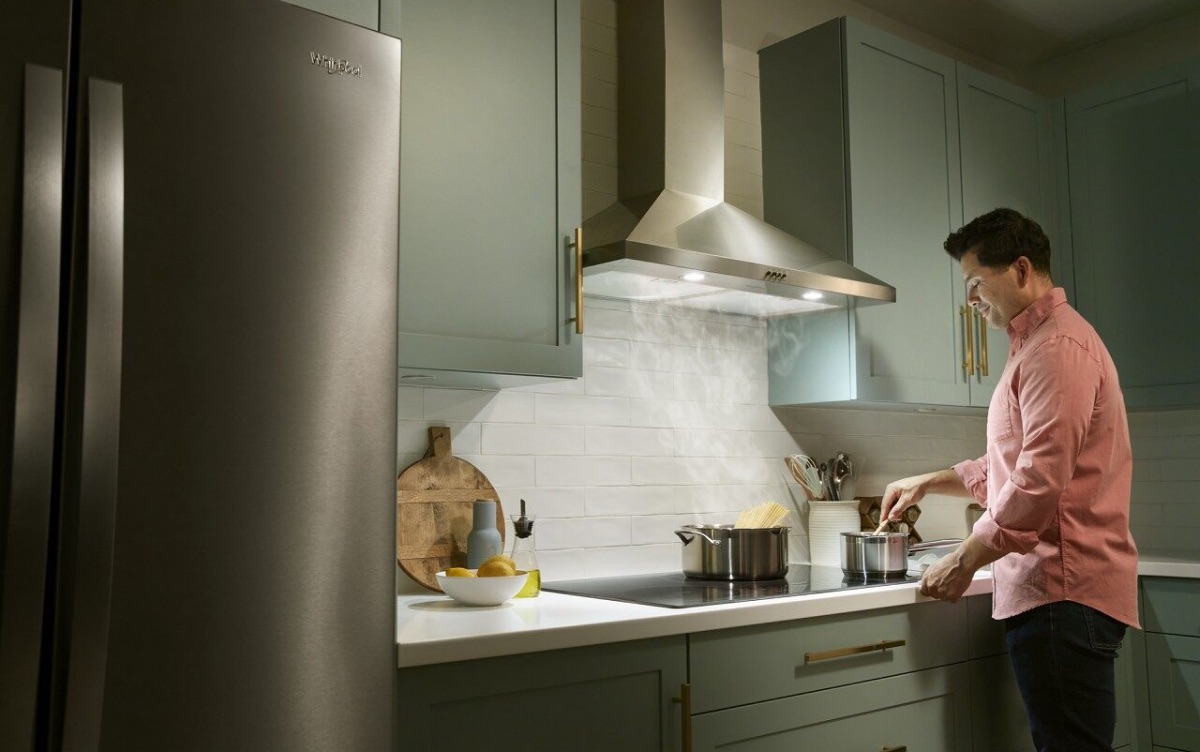
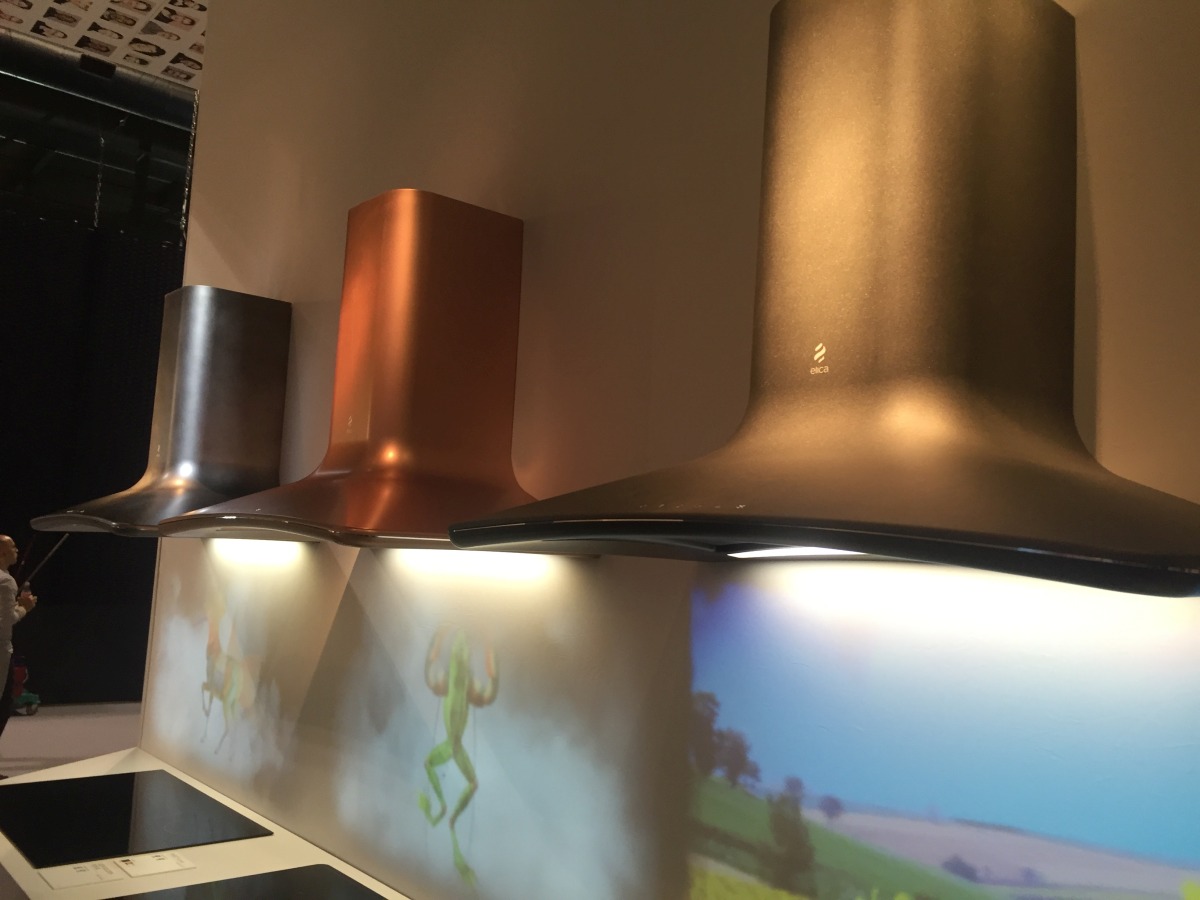
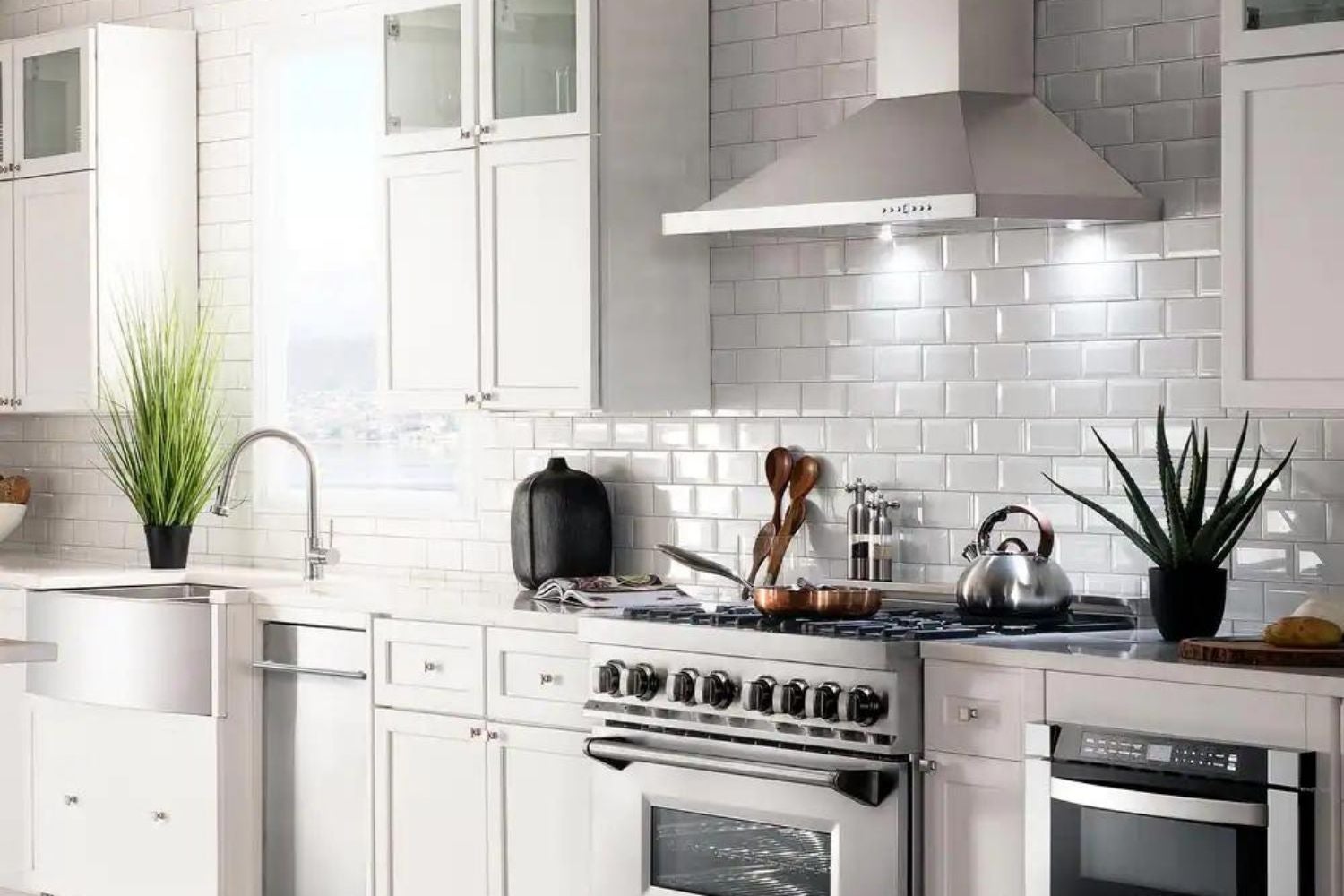
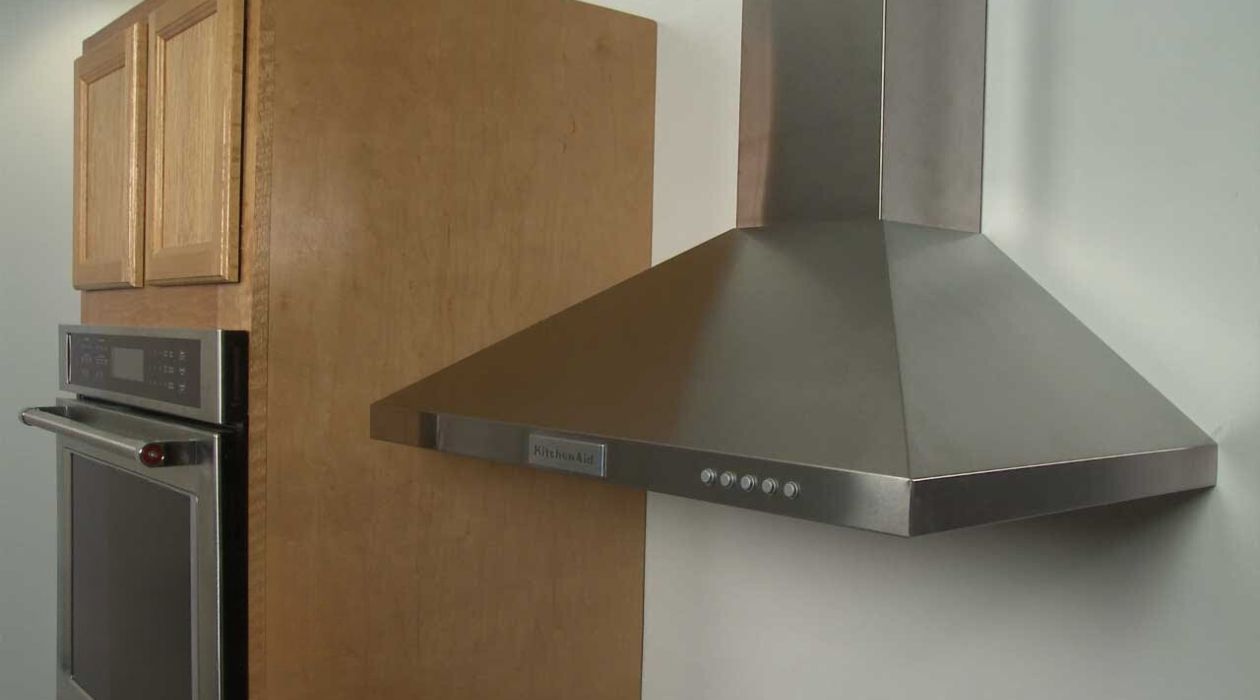
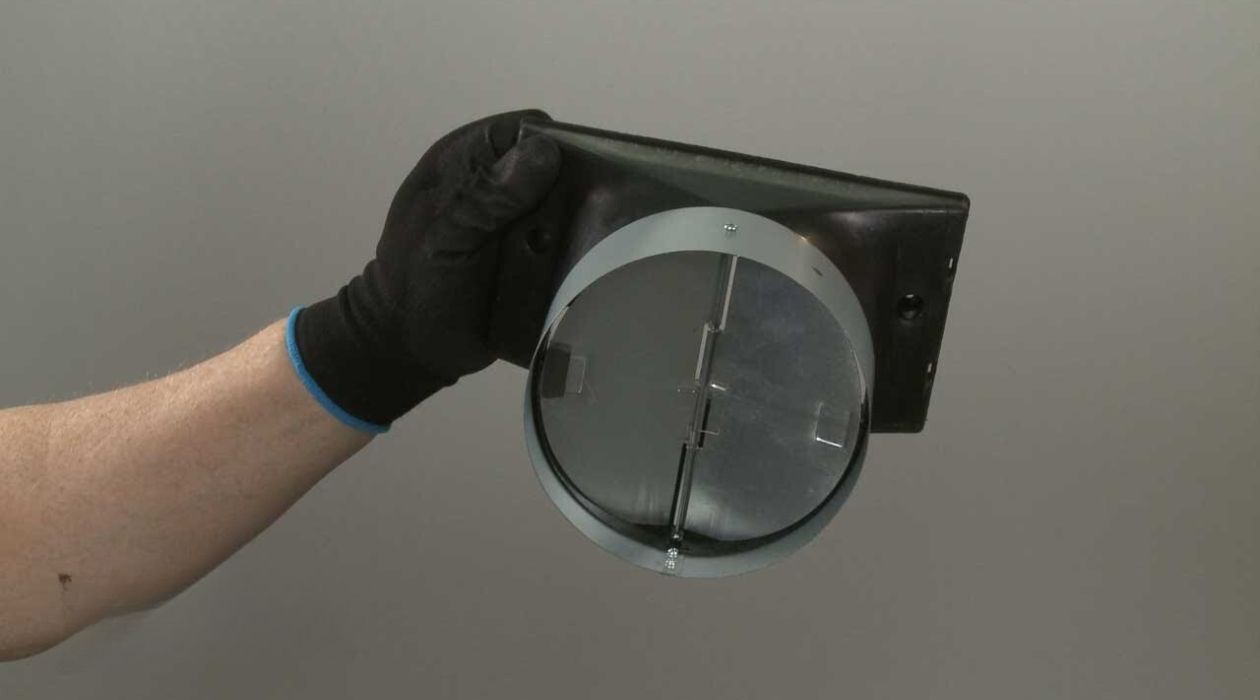
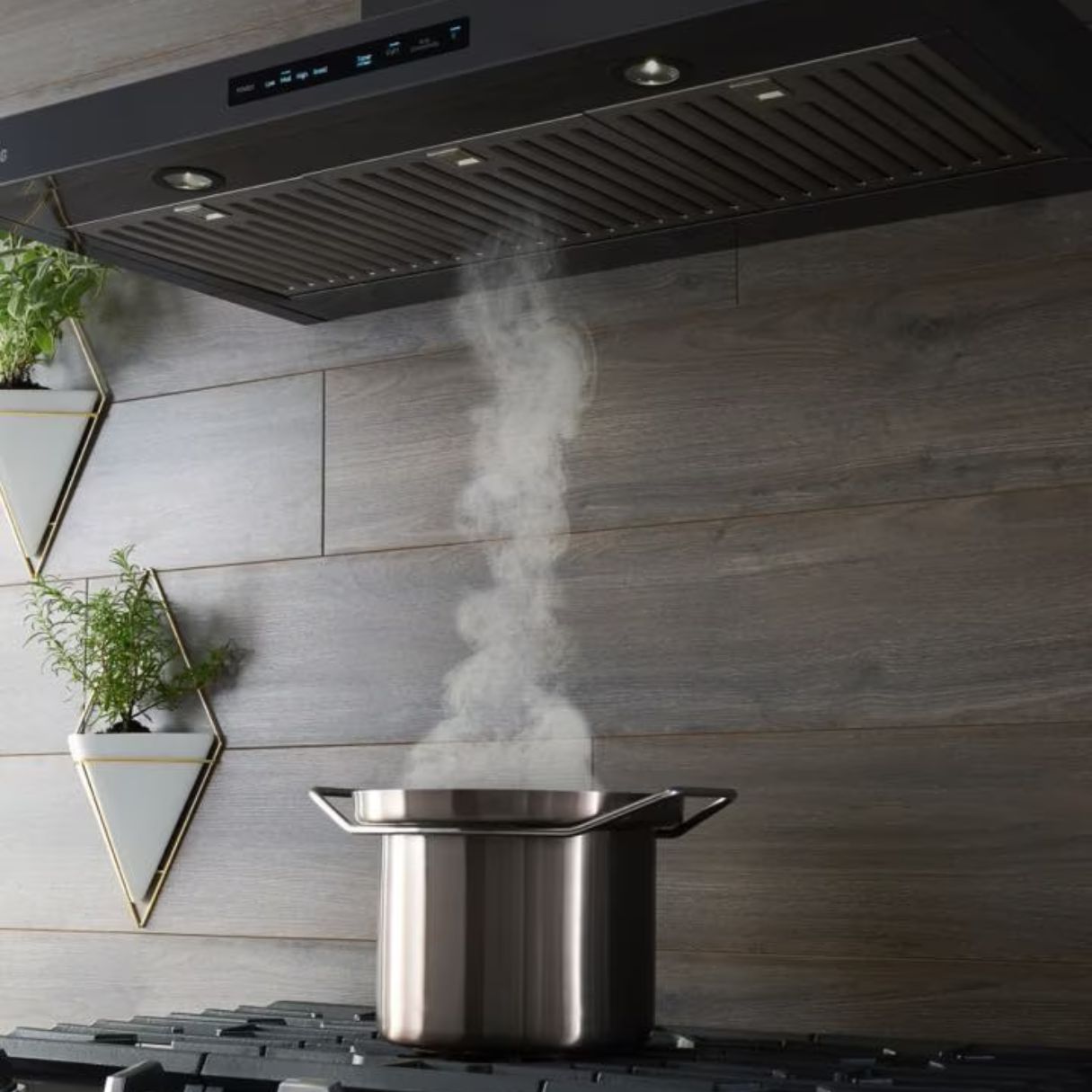
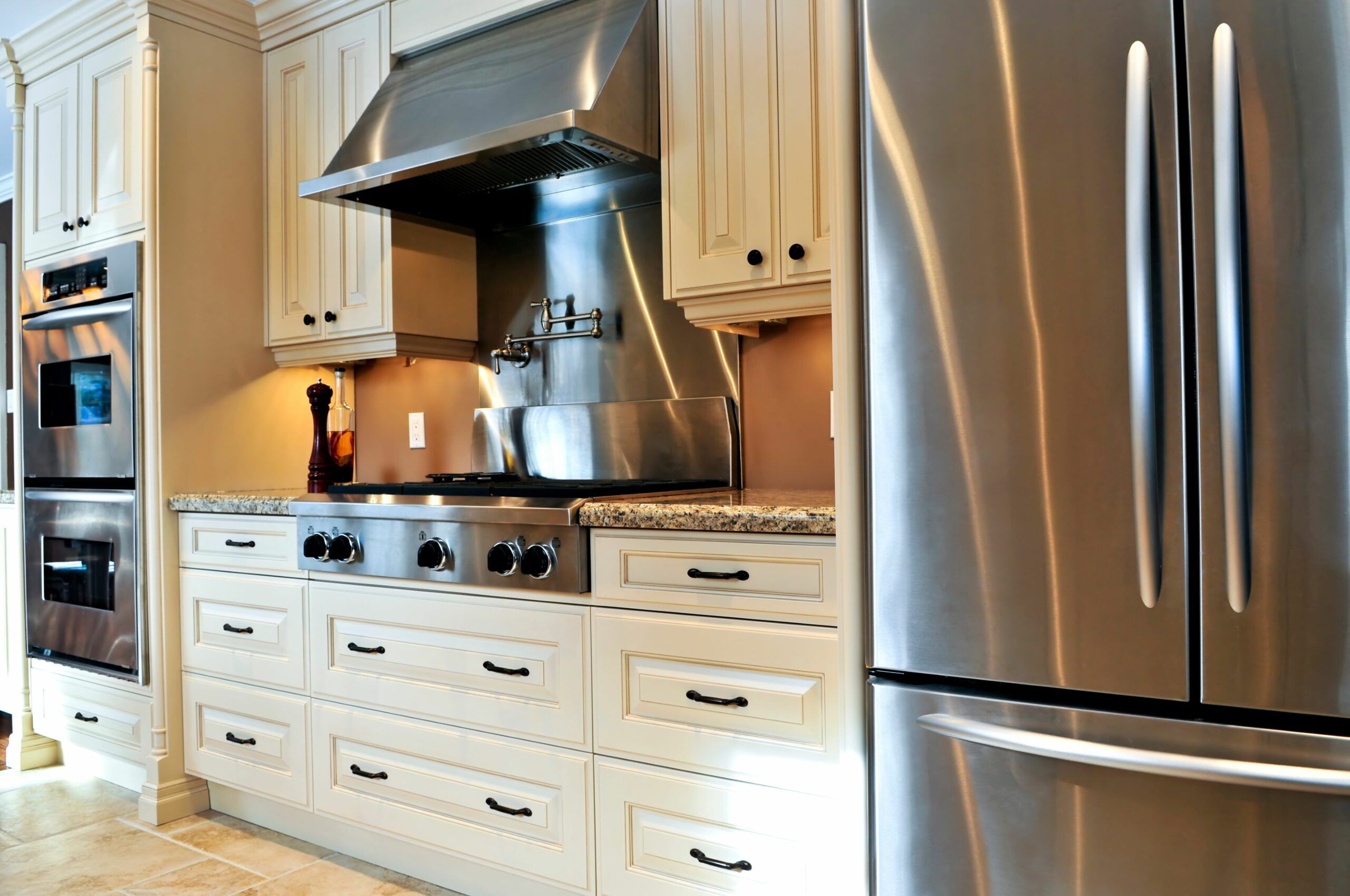
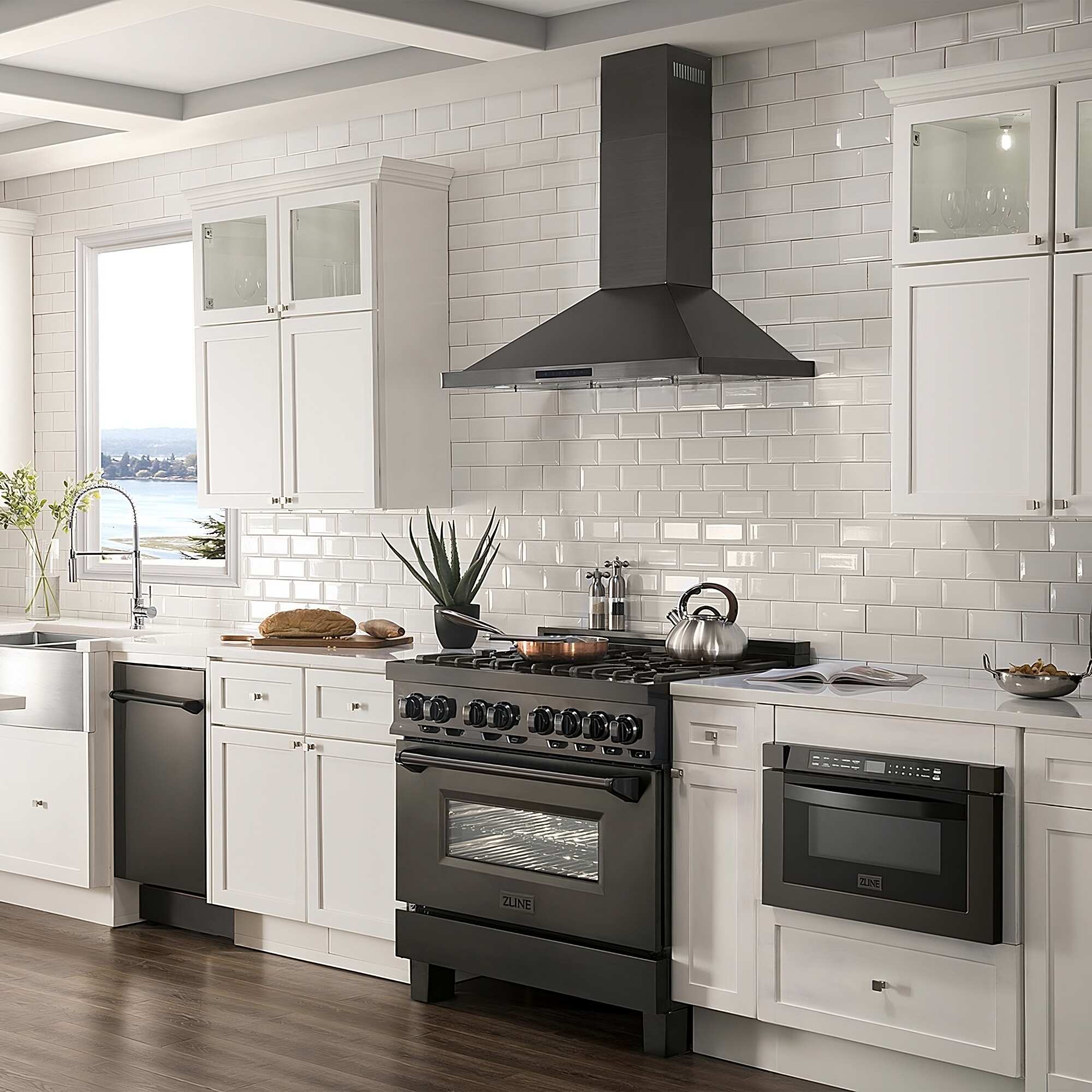
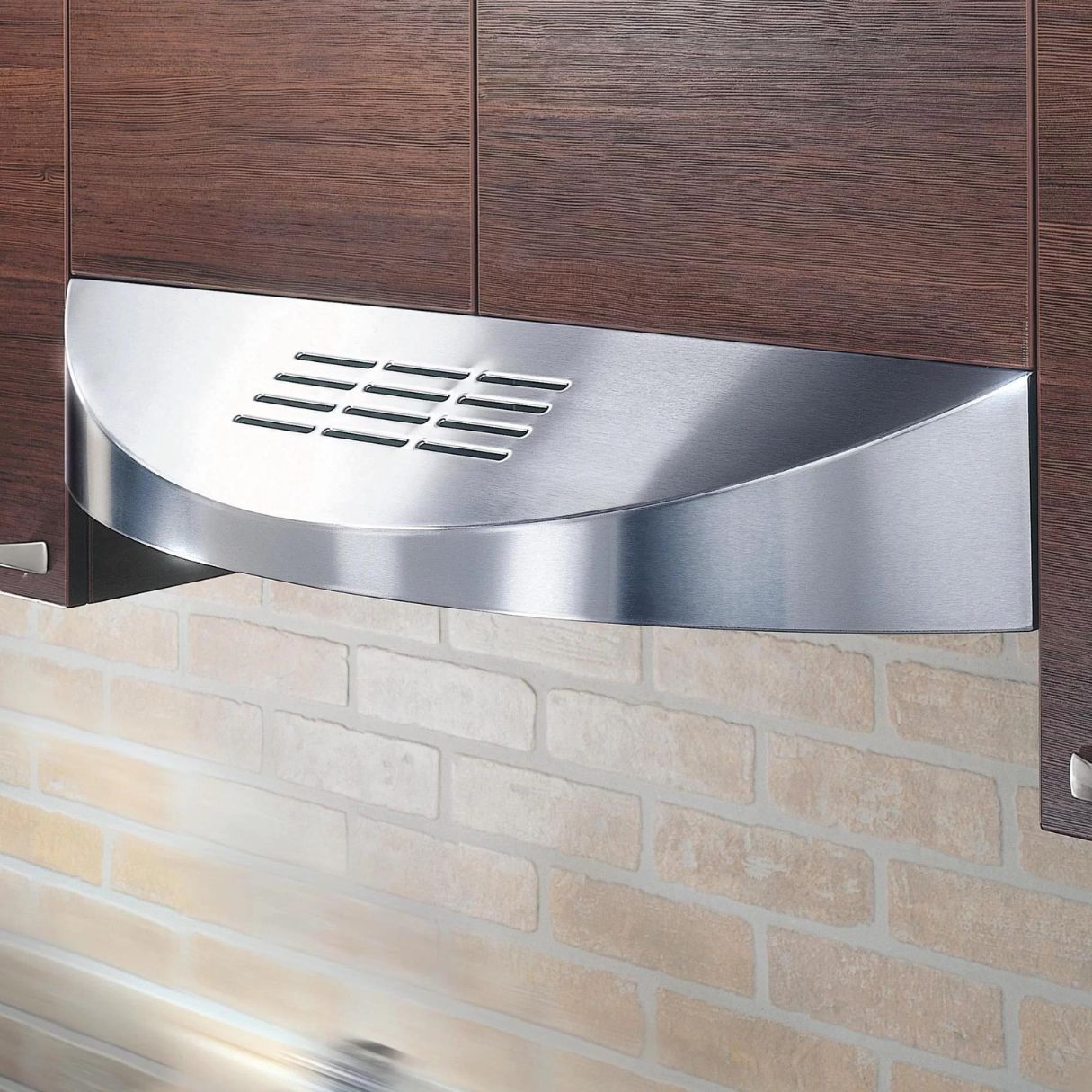
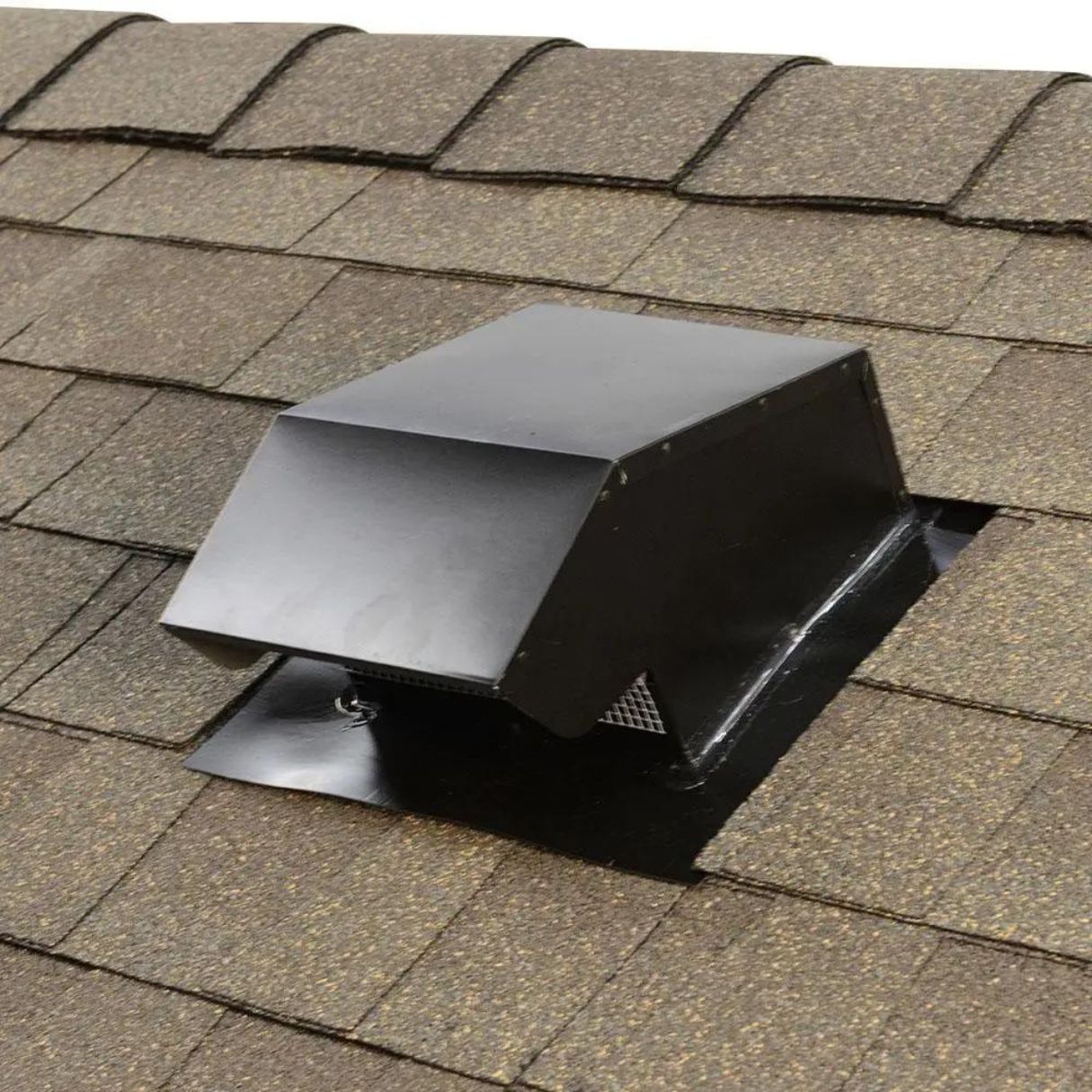
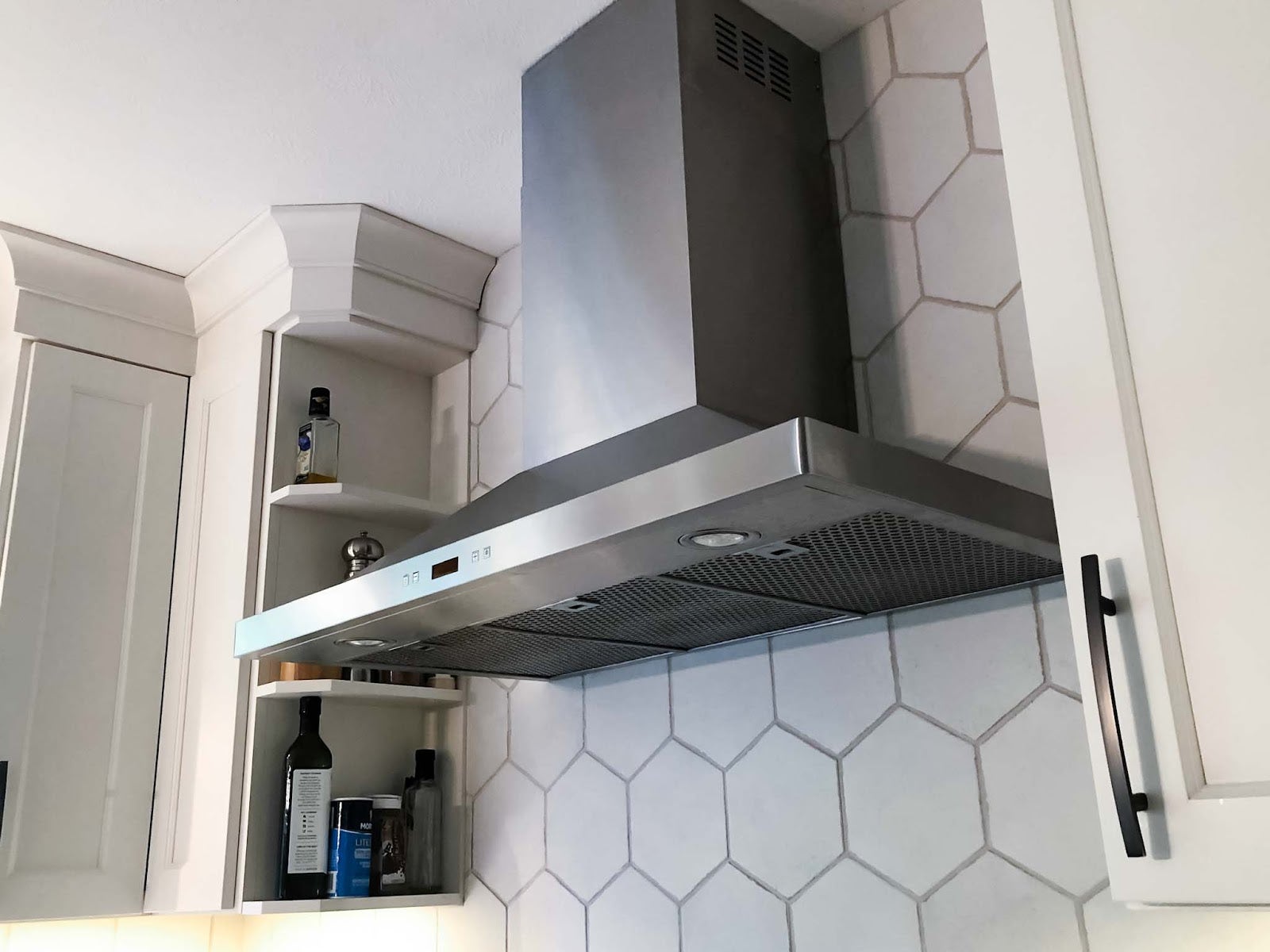
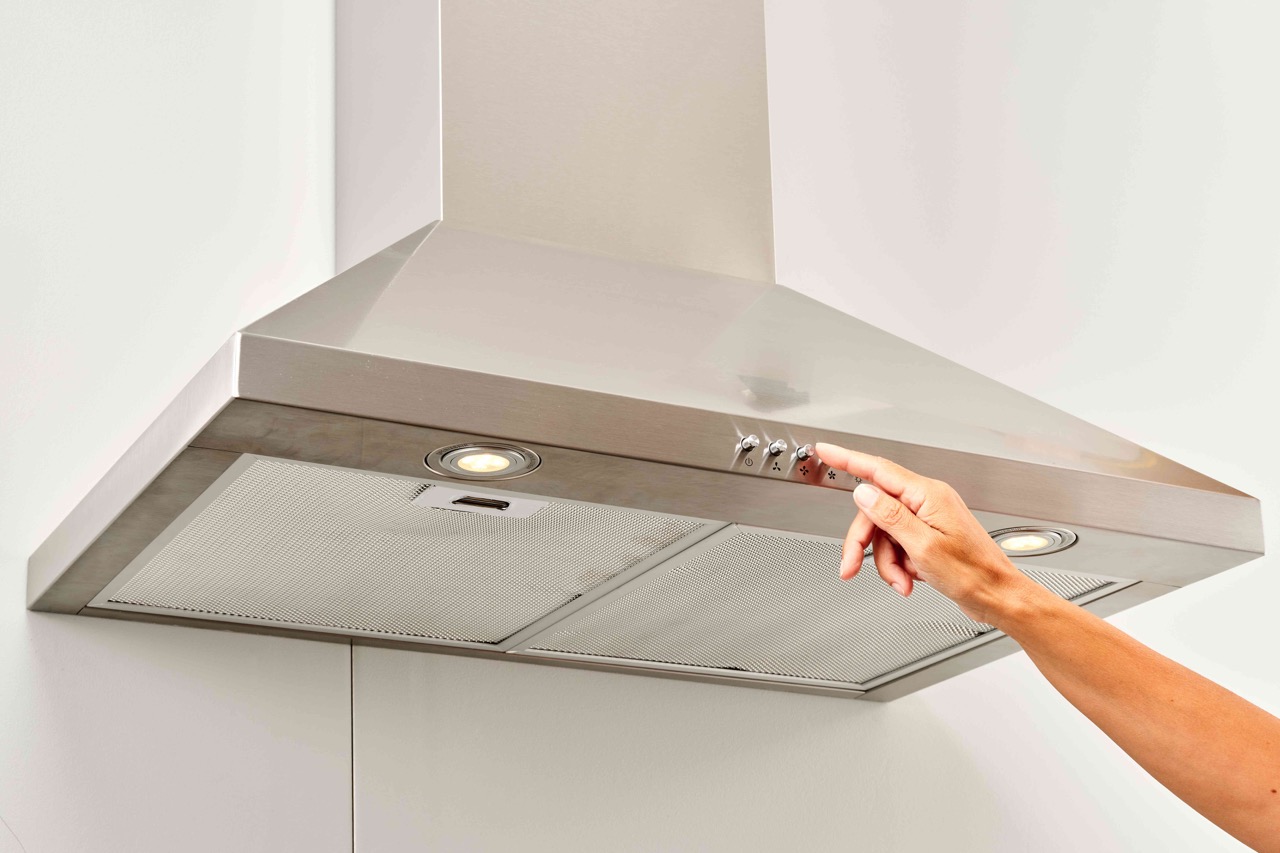
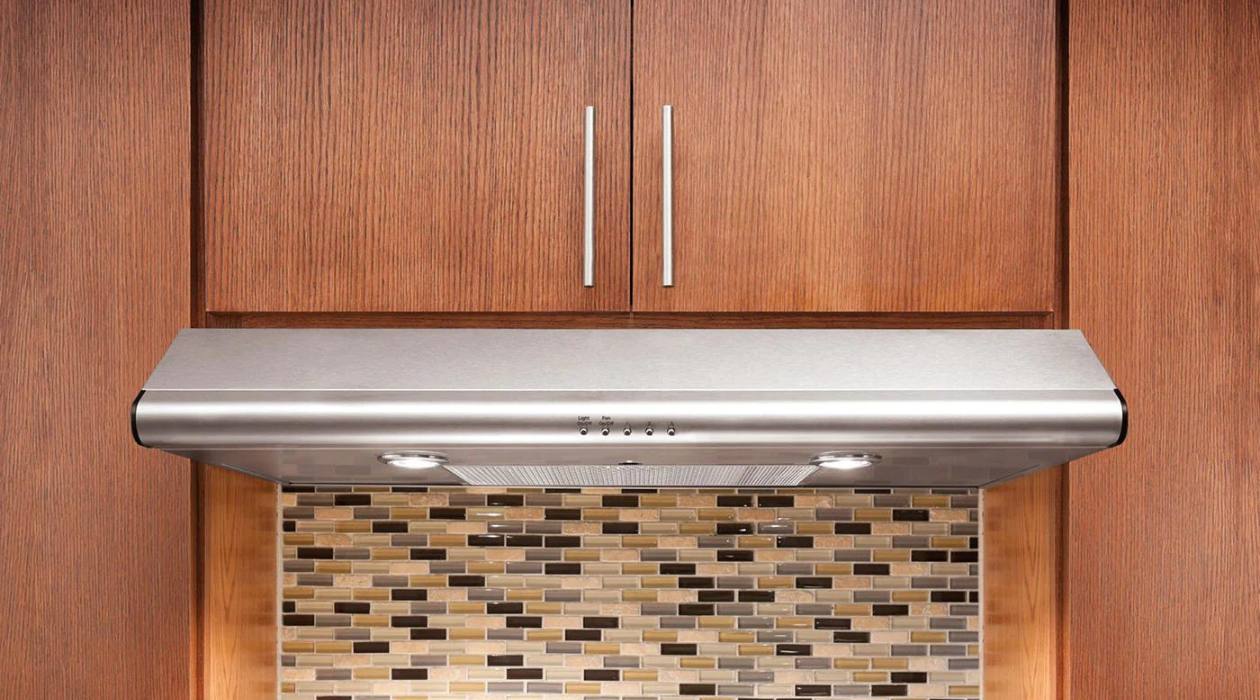

0 thoughts on “What Is A Ducted Range Hood”